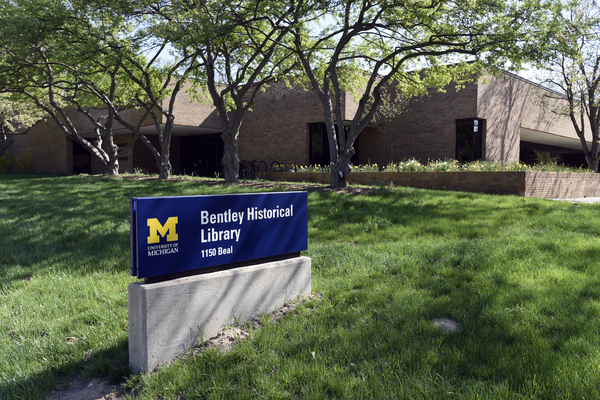The Shopping Centers/Commercial Development series documents A. Alfred Taubman's development of regional shopping malls and of other commercial properties. The series begin with a subseries of volumes containing legal and financial documents relating to the acquisition of various shopping center projects. Specifically these volumes document the sale of Eastridge and Southland shopping centers; the restructuring of Sunvalley, and Taubman's acquisition of partnership interests in Novi Associates (operators of Twelve Oaks Mall) and Lakeside Associates (operators of Lakeside Shopping Center).
The remaining subseries relate to specific shopping centers or projects, beginning with shopping centers in California developed and operated by Bayshore Properties (later The Taubman Company's Western Regional Office), followed by centers in Michigan, Wisconsin, and Illinois, a proposed development in Yonkers, New York, and mixed-used projects in Charleston, South Carolina, and New York City. The depth of documentation and arrangement of files varies by project.
Shopping center files, which make up the bulk of this series, date from the mid-1960s to the mid-1990s, and document the selection and acquisition of sites, design and construction, space planning and leasing, and ongoing operation of the centers. Files related to site selection and property acquisition include traffic and demographic studies, economic projections, photographs, and correspondence with realty companies and potential tenants, and residual land development. Design and construction of centers is documented through architectural plans, correspondence with architects and construction firms, and photographs. Leasing records include files on proposed tenants, lease agreements, and correspondence. Operational records include sales analyses, legal files, public relations files, and news clippings.
Mixed-used sites represented here include 712 Fifth Ave., an office tower in Manhattan with retail space on the ground floor; and the Charleston Center, a site with a hotel, conference facilities, and retail space. Records for these projects include loan and purchase agreements, correspondence, and a small amount of printed material, such as annual reports, brochures, and newsletters. This series also includes a small number of shopping center scrapbooks, photograph albums, and guest books; and engineering reports and architectural proposals.
